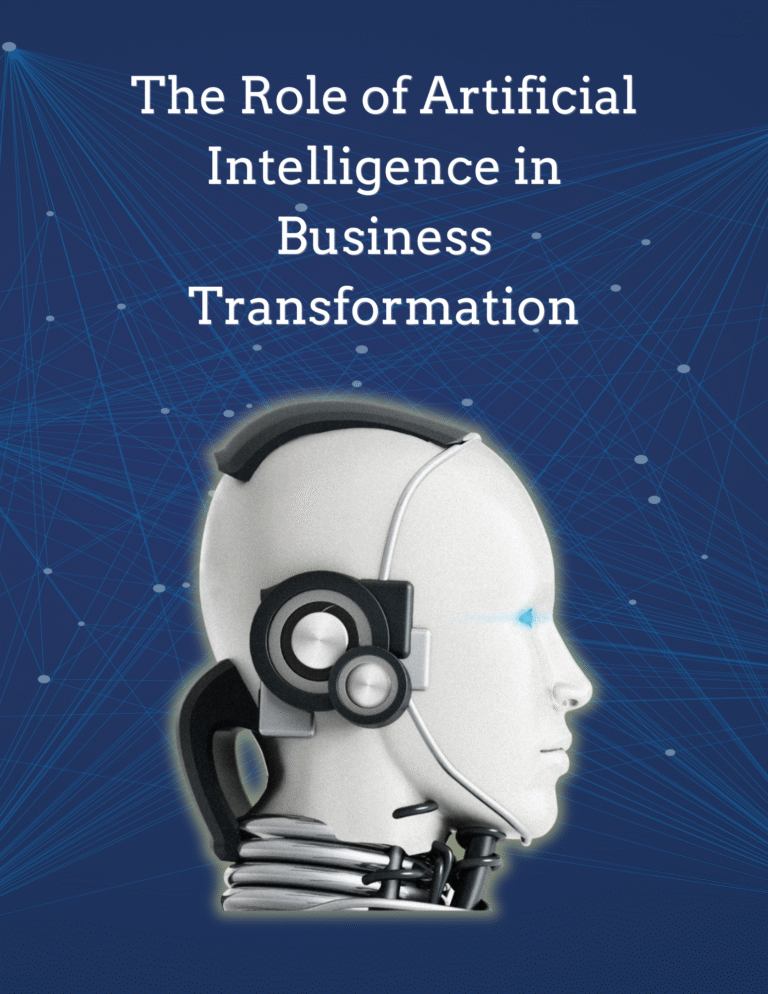Top 10 Dominating Web Design Trends in 2025
Web design is no longer just about how a site looks—it’s about how it feels, functions, and connects with users. In 2025, the digital landscape continues to shift toward smarter, more immersive experiences that put users first.
Whether you’re redesigning a website or planning a new launch, these are the top 10 web design trends that are defining success this year.
1. AI-Powered Personalization
Artificial intelligence is playing a bigger role than ever in shaping digital experiences. Websites are now using AI to adapt content, product recommendations, and even layouts based on individual behavior, location, or preferences.
Why it matters:
Users expect experiences that feel personal. AI delivers that—instantly and at scale.
2. Immersive 3D Design
With improved browser support and faster internet speeds, 3D elements are becoming a key part of modern design. From interactive product models to animated backgrounds, 3D adds a layer of realism that feels engaging and memorable.
Why it matters:
It turns static browsing into an interactive journey—ideal for storytelling and showcasing products.
3. Scroll-Activated Effects
Long gone are the days of flat, linear scrolling. In 2025, scroll-triggered animations, parallax transitions, and scroll-based storytelling help guide users through content in a more dynamic, engaging way.
Why it matters:
It encourages users to stay longer and interact more deeply with your content.
4. Bold, Expressive Typography
Typography is doing more heavy lifting this year—making statements, drawing focus, and conveying emotion. Designers are opting for oversized fonts, kinetic text, and clean, readable layouts that reflect a brand’s tone and energy.
Why it matters:
Clear, dynamic type enhances user comprehension and adds personality to your design.
5. Advanced Dark Mode
Dark mode is no longer just an option—it’s part of the core design strategy. In 2025, websites offer polished dark themes with balanced contrast, accessible typography, and automatic toggling based on user or system preferences.
Why it matters:
It improves readability in low-light environments and appeals to modern aesthetics.
6. Clean Design with Subtle Motion
Minimalist layouts remain popular, but today’s clean designs are paired with smooth transitions and micro-interactions—like animated buttons or subtle hover effects—that create a sense of movement and depth.
Why it matters:
It enhances usability without overwhelming the user with too much visual noise.
7. Mobile-First, Naturally
With the majority of web traffic coming from mobile devices, mobile-first is no longer a trend—it’s a necessity. Modern designs are built with speed, readability, and mobile gestures in mind from day one.
Why it matters:
A seamless mobile experience improves performance, usability, and search engine visibility.
8. Inclusive & Accessible Design
Accessibility has become central to good web design. Brands are prioritizing inclusive experiences that meet WCAG guidelines—making content usable for all people, regardless of ability.
Why it matters:
It’s not only the right thing to do—it’s smart for SEO, user trust, and legal compliance.
9. Voice-Enabled Interaction
Voice search and voice-controlled navigation are finding their way into web design, especially for service-based industries. It allows users to interact without typing and enhances usability for those with limited mobility.
Why it matters:
It aligns with growing user habits and improves accessibility across the board.
10. Custom Cursors and Interactive Feedback
A small but powerful trend—custom cursors, animated hovers, and feedback effects are adding personality to digital interfaces. It’s a subtle way to guide users and make their experience more memorable.
Why it matters:
It adds polish, uniqueness, and interactivity without sacrificing performance.
Conclusions
Web design in 2025 is all about connection, clarity, and customization. The most successful websites aren’t just beautifully designed—they’re fast, accessible, intelligent, and tailored to real user needs.
By incorporating these dominating design trends, you’re not just keeping up—you’re setting the standard.





